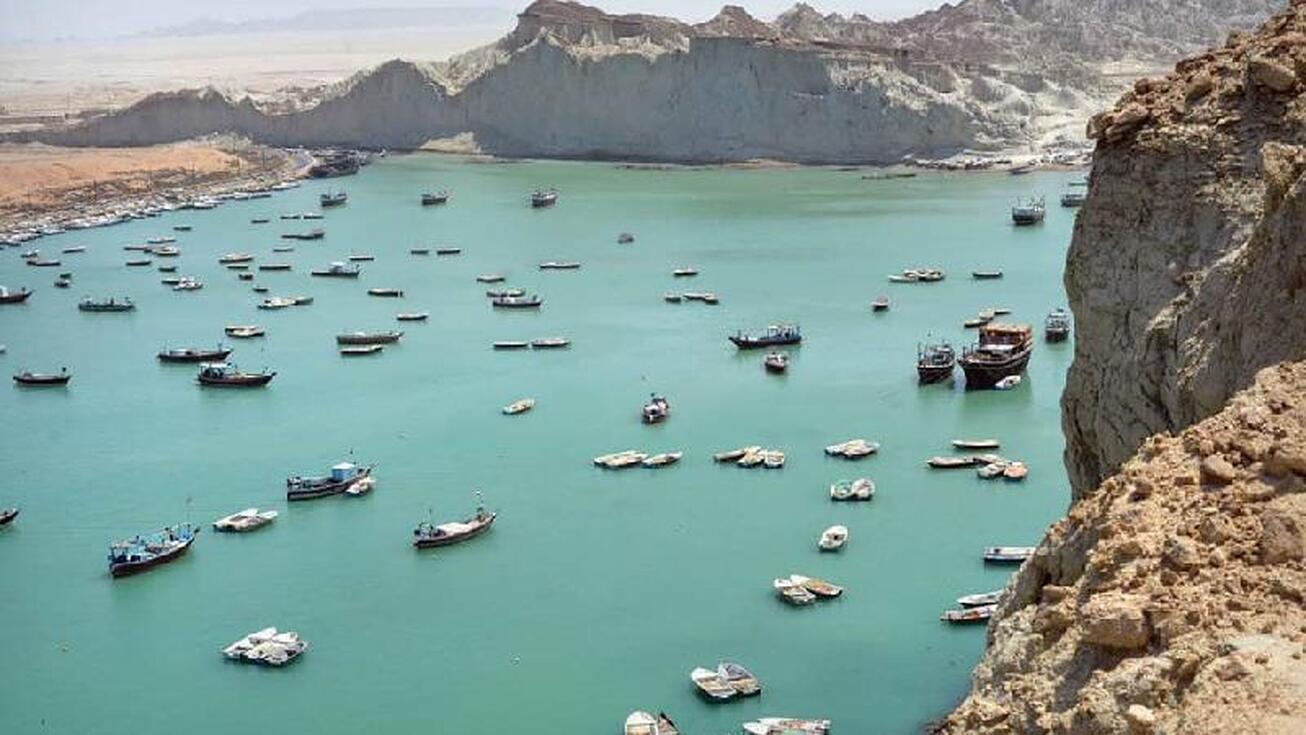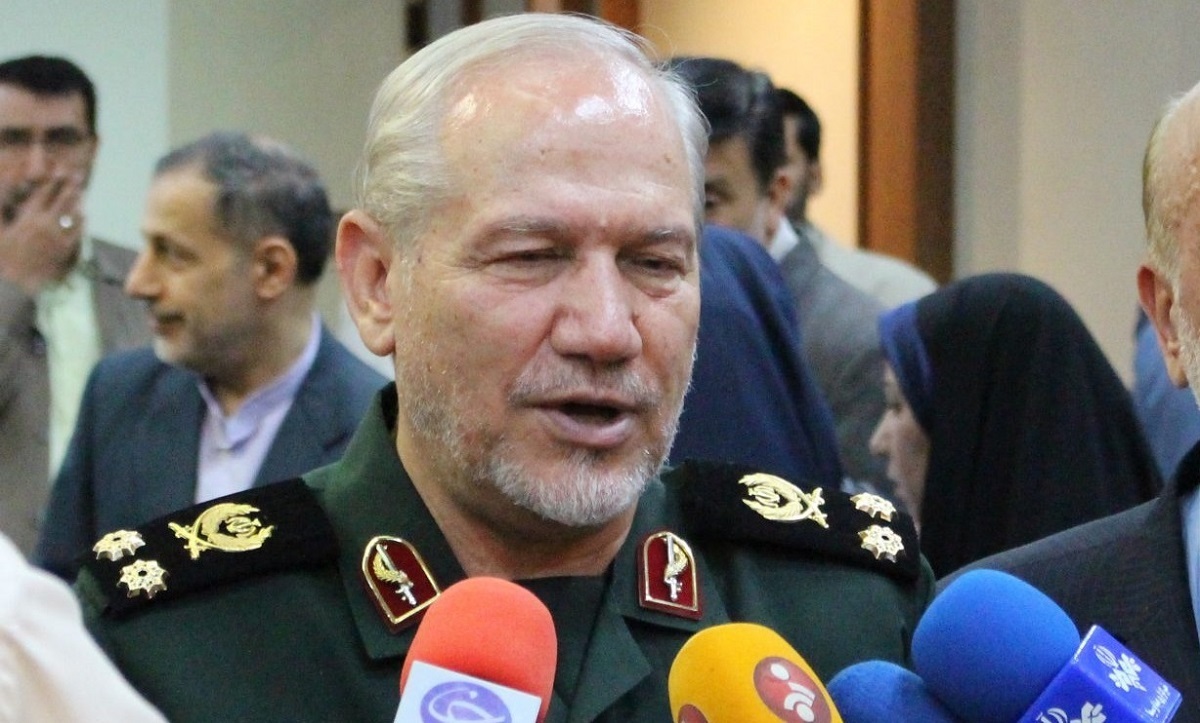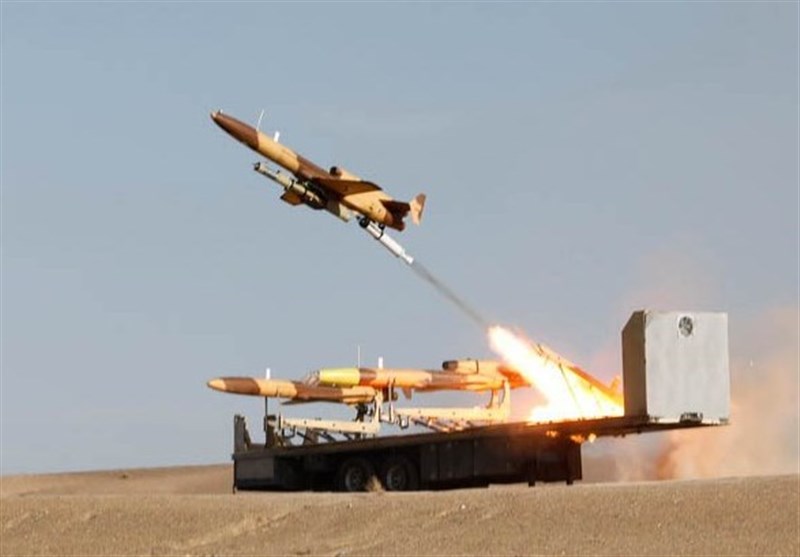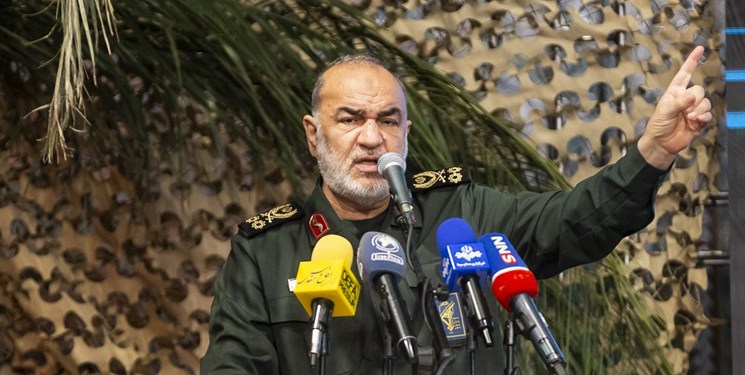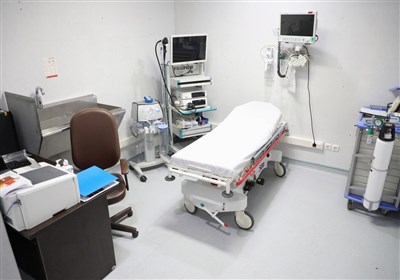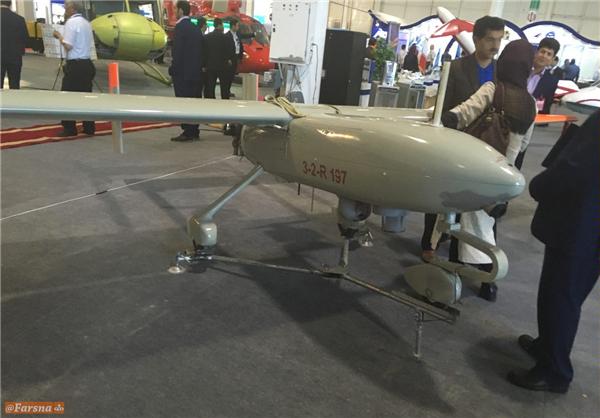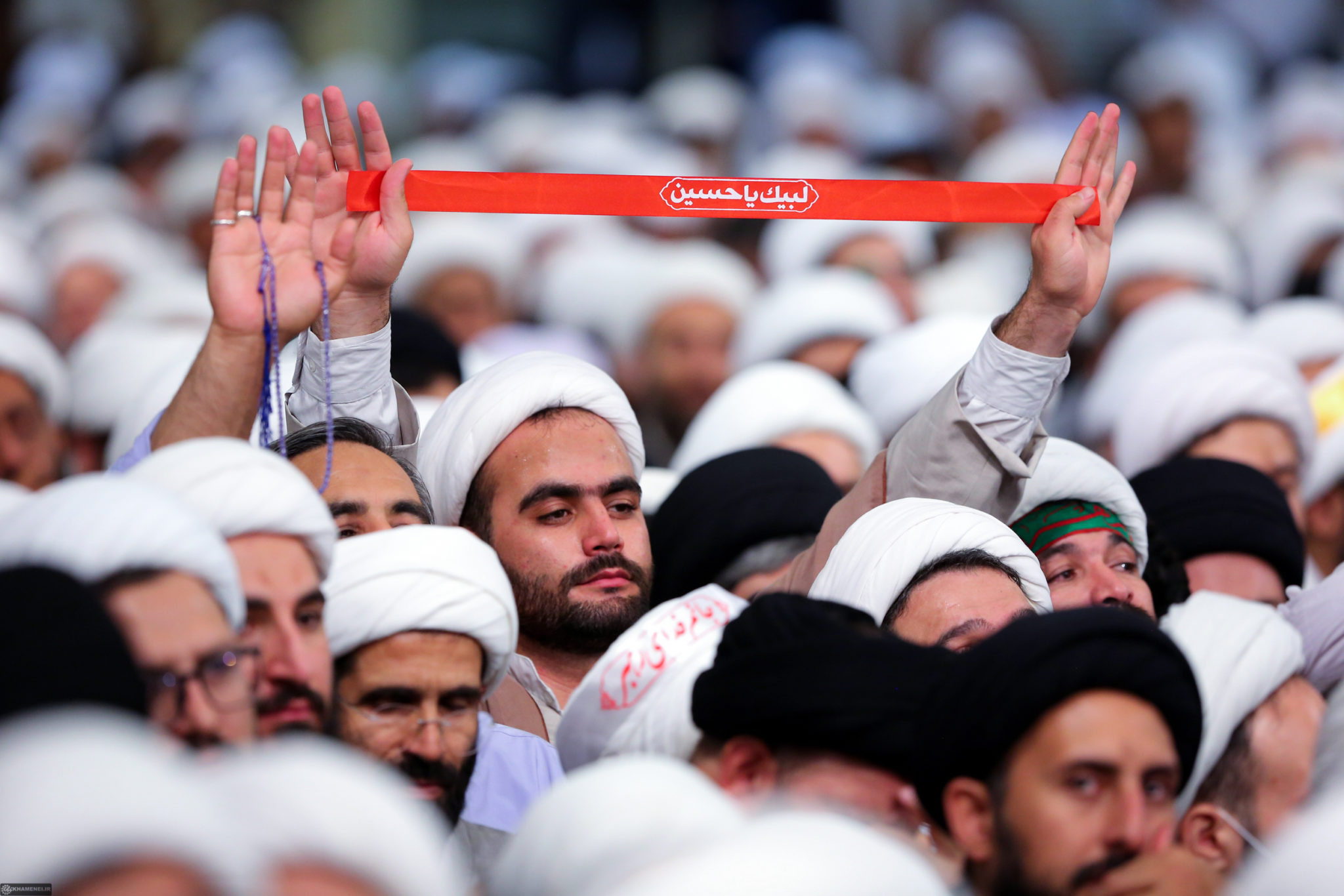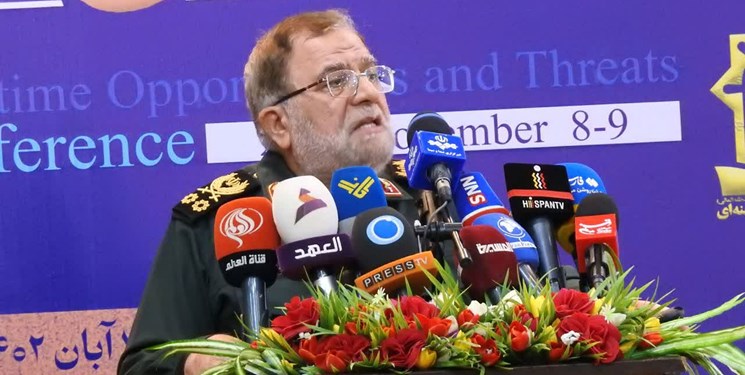
Mostafa Izadi, the Iranian Armed Forces’ commander for cyber threats, speaks at a conference in Gilan, 8-9 November 2023. Izadi is now making the case for Iran’s leadership in cyber and AI technology.
“If we can dominate the field, we can influence the whole world.”
Iran has sought leadership roles at the UN and other international organizations on issues relating to human rights and crime prevention, and now it seeks to shape international cyber policy. The Iranian regime has looked at internet and cyber access as its Achilles’ heel through which Western powers could influence and corrupt Iranian youth. However, Iranian officials appear ready to go on the offensive as regime confidence grows following the suppression of the 2022-2023 “Woman, Life, Freedom” protest movement and the expiration of some sanctions associated with the 2015 Joint Comprehensive Plan of Action.[i]
According to the excerpted article from the government-affiliated Iranian Students’ News Agency,Mostafa Izadi, a previous IRGC ground forces general who heads a new headquarters to address cyber threats, argued that Iran should lead cyber policy to increase its influence in the world rather than seek to isolate itself from the internet.[ii] His comments may signal the abandonment of Iran’s effort to cut itself off from the world, and a belief that it should instead seek to sway audiences abroad.[iii] Izadi cites the information operations accompanying the 7 October 2023 Hamas attack on Israel to underline the power of the internet when harnessed in Iran’s favor. Subsequent demonstrations in favor of Hamas against Israel and the West not only in the Global South but also in Europe and the West seem to have given Izadi confidence. Izadi’s argument conforms to a historical pattern in which Iranian leaders, after trying and failing to suppress new communication technologies, instead seek to co-opt them. Today Iran translates Supreme Leader Ali Khamenei’s website into ten languages ranging from Hindi to Russian to Spanish while state-owned and operated English-language PressTV pushes Iranian propaganda globally. Izadi’s discussion of artificial intelligence (AI) is also worth noting. While AI is a topic within regime rhetoric, Izadi’s discussion of its role in the fight for hearts and minds and his new role focusing on countering cyber and new threats suggests that the IRGC now actively seeks to utilize AI to counter liberalism and advance Iran’s line at home and abroad.
Sources:
“Izadi: Hakmiyat bar Fezaye Sybari Ya’ani Tasirgozari bar kol Jihad” (Izadi: Sovereignty over cyber space means influencing the whole world),” Iranian Students’ News Agency (an ostensibly private news agency close to Iran’s security and intelligence apparatus), 9 November 2023. https://www.isna.ir/news/1402081813261
The commander for cyber and new threats at the central headquarters for Khatam al-Anbiya of the Islamic Revolutionary Guard Corps, referring to the creation of new intellectual space in the field of cyber governance, said, “To fight the enemy’s artificial intelligence and cognitive warfare, it is necessary to address the needs of the day.” Major-General Mostafa Izadi, commander of the new command for cyber and new threats, said at the conclusion at the conclusion of the national conference on emerging maritime opportunities and threats in Gilan, stated that the country’s scientific progress in various fields has led to the strengthening of the holy system of the Islamic Republic, and stated, “Physical, informational and artificial intelligence issues have entered a new space in the world, and America has launched a cognitive war to penetrate different countries.”
Referring to the creation of a new intellectual space in the field of cyber governance, he said, “Governance in cyber space presents an opportunity for our country to achieve great success across a variety of fields….” Emphasizing the need to pay attention to the enemy’s cognitive warfare across politics, the economy, and culture, he stated, “But piety is the secret to our success.”Izadi added, “Today, our country is facing a hybrid war, and cyber, the Internet of Things, artificial intelligence and cyberspace have created a special situation that affects time, place and borders. If we can dominate the field, we can influence the whole world.
Notes:
[i] The Joint Comprehensive Plan of Action (JCPOA), commonly known as the Iran nuclear deal, is the agreement reached in summer 2015 between Iran and the five permanent members of the UN Security Council plus the European Union restricting Iran’s nuclear program. For more information on the JCPOA see: “What is the Iran Nuclear Deal,” Council on Foreign Relations, last updated 27 October 2023. https://www.cfr.org/backgrounder/what-iran-nuclear-deal
[ii] The Islamic Revolutionary Guard Corps (IRGC) and security forces initially sought to regulate the internet in Iran, banning VPNs, slowing access, and demanding all social media operators maintain servers inside Iran. For an overview of Iranian strategies toward the internet, see: Michael Rubin, “Evolution of Iranian Surveillance Strategies Toward the Internet and Social Media” in Munir Khasru and Riasat Noor, eds. The Digital Age, Cyber Space, and Social Media: The Challenges of Security & Radicalization. Dhaka: Institute for Policy, Advocacy, and Governance, 2019. https://www.aei.org/articles/evolution-of-iranian-surveillance-strategies-toward-the-internet-and-social-media/
[iii] The IRGC later offered to operate a national intranet, firewalling Iran from the outside world. For background on the national intranet project, see: Michael Rubin, “Iran- Armed Forces Ready to Take Over National Intranet Project” OE Watch, October 2019. https://community.apan.org/wg/tradoc-g2/fmso/m/oe-watch-articles-singular-format/329811
Image Information:
Image: Mostafa Izadi, the Iranian Armed Forces’ commander for cyber threats, speaks at a conference in Gilan, 8-9 November 2023. Izadi is now making the case for Iran’s leadership in cyber and AI technology.
Source: https://media.farsnews.ir/Uploaded/Files/Images/1402/08/18/14020818000284_Test_PhotoN.jpg
Attribution: Fars News Agency

